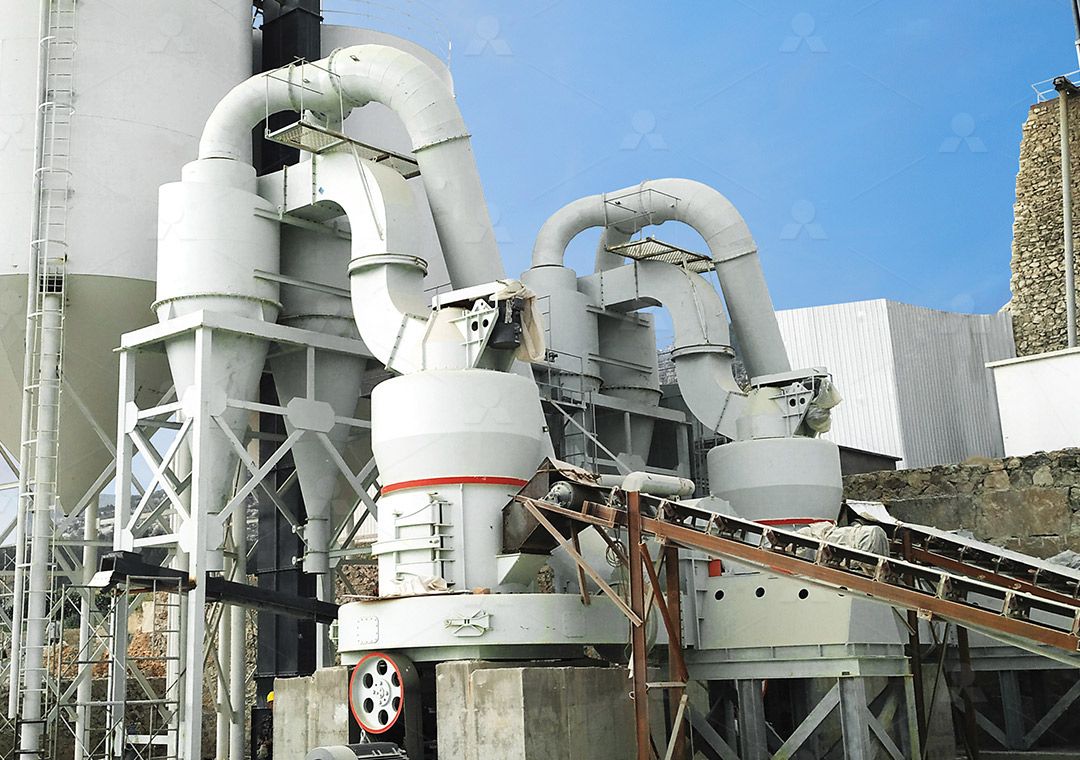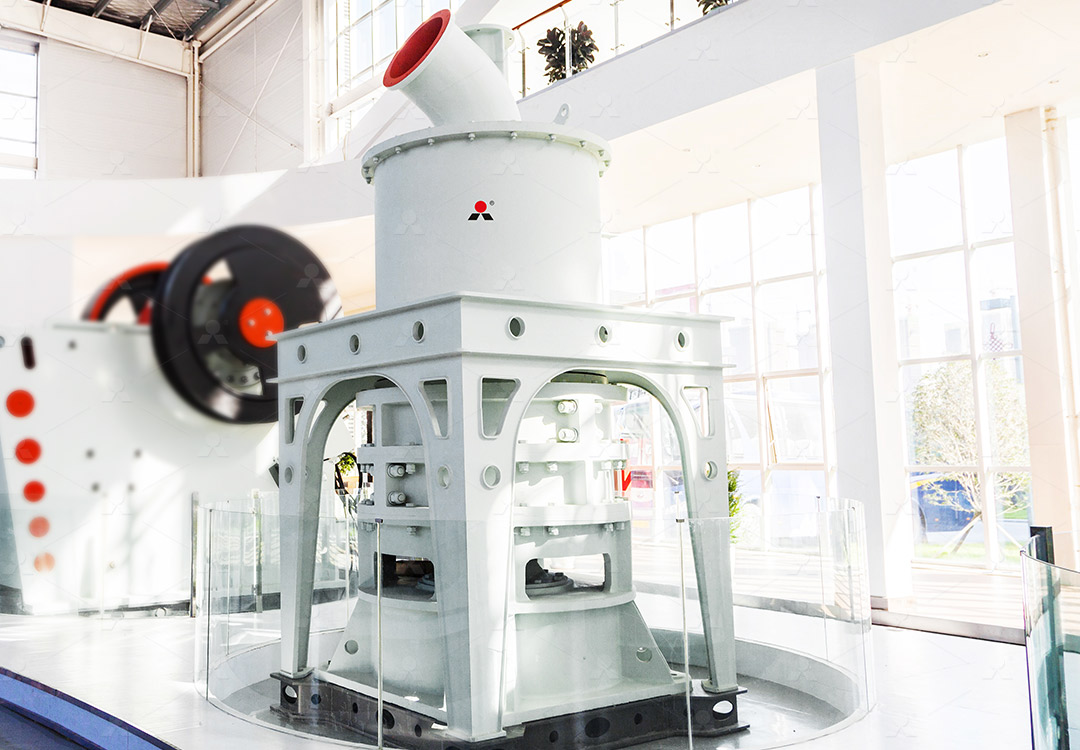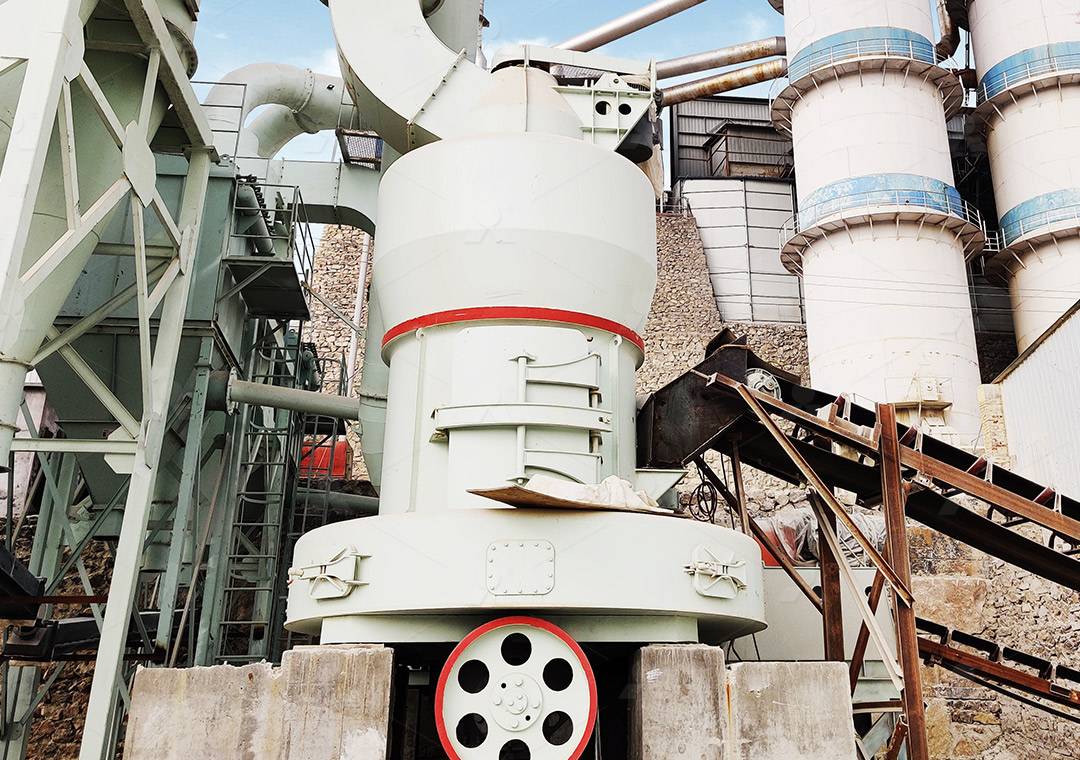Raymond Mill for 80-325 Mesh Ore Powder Production
Raymond Mill for 80-325 Mesh Ore Powder Production
In the mineral processing industry, achieving consistent powder fineness between 80-325 mesh represents a critical requirement for numerous applications. This specific particle size range serves as the foundation for countless industrial processes, from construction materials to chemical manufacturing. For operations demanding reliable production within these parameters, selecting the appropriate grinding technology becomes paramount to profitability and product quality.
Traditional grinding approaches often struggle with the precise control needed for this mesh range. Either they lack the flexibility to adjust fineness accurately, or they consume excessive energy while delivering inconsistent results. The challenge intensifies when processing abrasive ores that accelerate wear on grinding components, leading to frequent maintenance downtime and escalating operational costs.

The Evolution of Grinding Technology
Raymond mill technology has undergone significant transformation since its initial development. Modern iterations incorporate advanced engineering principles that address the limitations of earlier designs. Today’s mills feature improved grinding curves, enhanced separation efficiency, and robust construction that withstands the rigors of continuous operation.
What distinguishes contemporary grinding solutions is their ability to maintain precise control over particle size distribution while optimizing energy consumption. The 80-325 mesh range particularly benefits from these advancements, as it represents the sweet spot where many industrial applications intersect with efficient grinding capabilities.
Advanced Solutions for Modern Requirements
For operations requiring ultra-fine powder production with superior efficiency, the MW Ultrafine Grinding Mill presents an exceptional solution. This advanced system processes materials with input sizes of 0-20 mm and delivers throughput capacities ranging from 0.5 to 25 tph. Its innovative design addresses common grinding challenges through several key features.
The MW series achieves remarkable energy efficiency, consuming approximately 30% less power compared to conventional jet mills while increasing production capacity by up to 40%. This efficiency stems from newly engineered grinding curves of the roller and ring assembly, which maximize contact efficiency and reduce wasteful energy dissipation.

Operational reliability is significantly enhanced by the mill’s unique chamber design, which eliminates rolling bearings and screws from the grinding zone. This strategic engineering decision prevents common failure points and eliminates machine damage caused by loose fasteners. The external lubrication system enables maintenance without production stoppages, supporting continuous 24-hour operation that many modern facilities require.
Environmental compliance is seamlessly integrated through the efficient pulse dust collector and muffler system. This ensures the entire production process meets stringent environmental standards without compromising operational efficiency. The cage-type powder selector, incorporating German technology, provides precise separation control, allowing operators to fine-tune product fineness between 325-2500 meshes with exceptional accuracy.
Complementary Technology for Diverse Applications
Another noteworthy solution for fine powder production is the LUM Ultrafine Vertical Grinding Mill, which processes 0-10 mm input material at 5-18 tph capacity. This mill incorporates the latest grinding roller technology from Taiwan and German powder separating technology, creating an integrated system that excels in ultrafine powder applications. Its double position-limiting technology ensures operational stability, while the reversible structure simplifies maintenance procedures.
The LUM series demonstrates particular strength in applications requiring high whiteness and cleanliness in finished products. The specially designed roller shell and lining plate grinding curve generates material layers more effectively, enabling high rates of finished products through single-pass milling. This capability directly enhances grinding efficiency while improving critical product characteristics.

Operational Considerations for Optimal Performance
Successful implementation of grinding technology requires careful consideration of several operational factors. Material characteristics including moisture content, abrasiveness, and initial particle size distribution significantly influence equipment selection and configuration. Proper system design must account for feeding consistency, product transport, and collection efficiency to maximize overall performance.
Maintenance planning represents another crucial aspect of sustainable operation. Equipment with readily accessible components and straightforward maintenance procedures reduces downtime and associated production losses. The availability of genuine spare parts and technical support ensures long-term operational reliability.
Frequently Asked Questions
What types of materials can the MW Ultrafine Grinding Mill process?
The MW series effectively processes various non-metallic minerals including limestone, calcite, dolomite, petroleum coal, gypsum, barite, marble, talc, and coal powder. It also serves chemical industry applications involving paint, cosmetics, medicine, and food additives.
How does the energy consumption compare to traditional grinding mills?
The MW Ultrafine Grinding Mill reduces energy consumption by approximately 30% compared to jet grinding mills while increasing production capacity by 40%. This efficiency results from optimized grinding curves and advanced separation technology.
What maintenance advantages does the MW series offer?
By eliminating rolling bearings and screws from the grinding chamber, the MW mill prevents common failure points. The external lubrication system enables maintenance without shutdowns, and the straightforward design simplifies component inspection and replacement.
Can the fineness be adjusted during operation?
Yes, the cage-type powder selector allows operators to adjust product fineness between 325-2500 meshes during operation. The multi-head cage-type selector can be configured according to specific production requirements for yield, fineness, and sieving rate.
How does the environmental performance compare to conventional mills?
The integrated pulse dust collector and muffler system ensures compliance with environmental standards. The completely sealed system operates under negative pressure, preventing dust emissions while reducing operational noise significantly.
